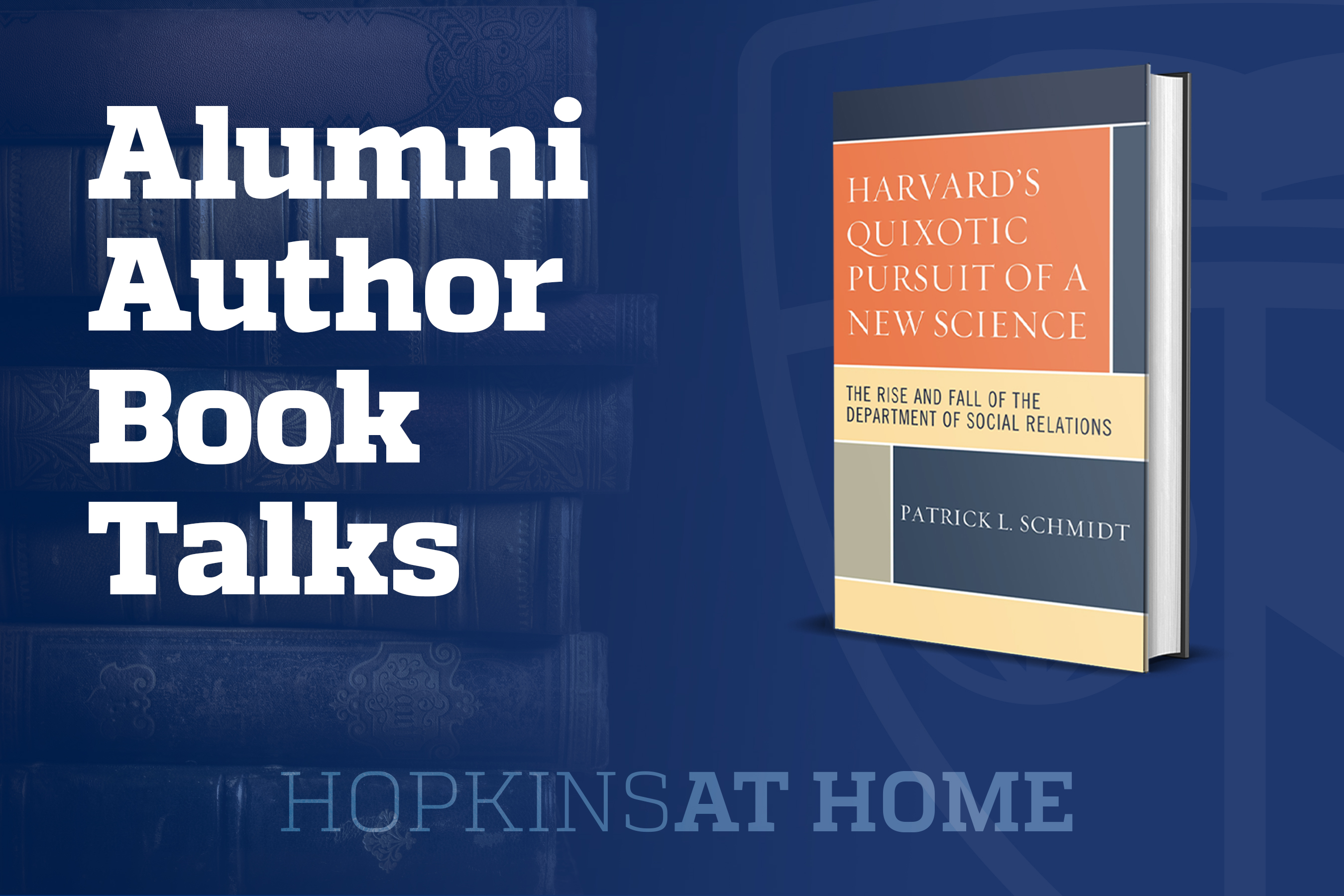Alumni Author Book Talk: Patrick Schmidt, SAIS '03

Sponsored by the Office of Alumni Relations Lifelong Learning
Join us for an alumni book talk of Harvard’s Quixotic Pursuit of a New Science with Patrick Schmidt, SAIS '03. This engaging conversation will be moderated by Dr. Andrew Jewett as they explore the rise and fall of Harvard's Department of Social Relations, a bold mid-century venture to remake the social sciences by combining social and clinical psychology, cultural anthropology, and sociology in a single interdisciplinary department.
